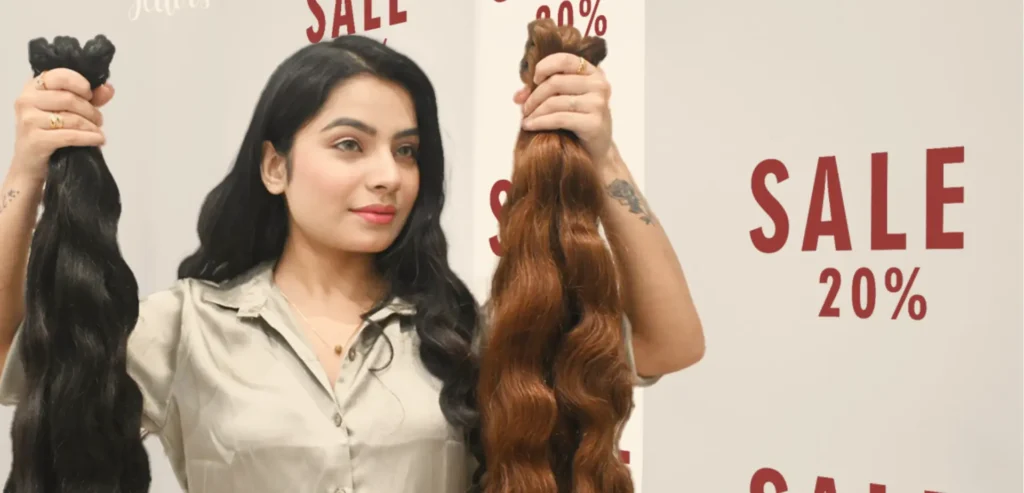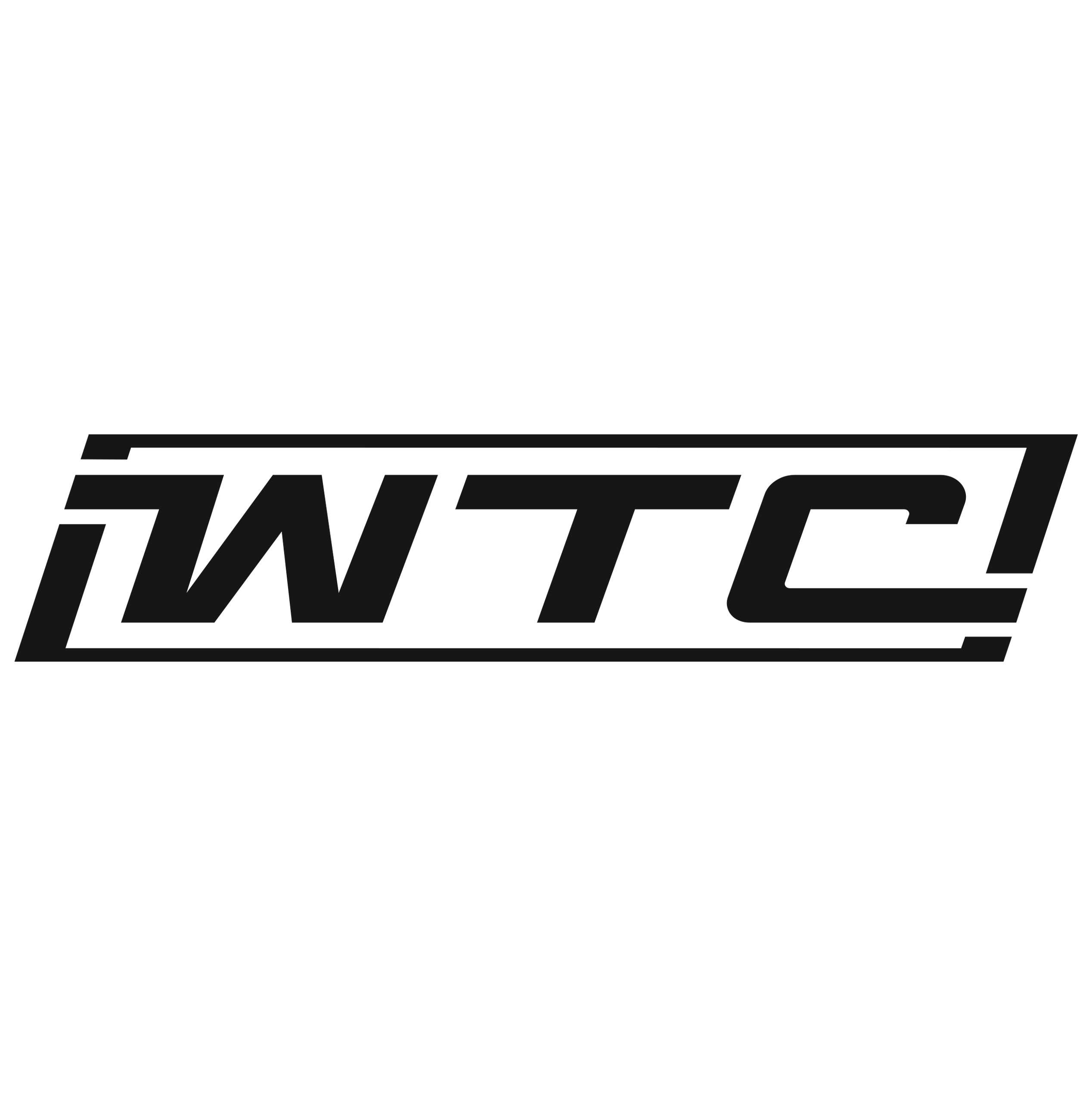The global demand for hair extensions continues to grow, with beauty salons, stylists, influencers, and resellers turning to bulk purchases to keep up. Buying hair extensions in bulk can significantly reduce costs, improve profit margins, and ensure a consistent product line — but only if the hair meets high-quality standards.
Unfortunately, not all suppliers are trustworthy, and many buyers end up with poorly constructed, low-grade hair that sheds, tangles, or even melts when heat is applied. If you want to succeed in the hair business or simply avoid wasting money, learning how to verify quality is essential.
In this guide, we’ll walk you through everything you need to know about quality assurance when buying hair extensions in bulk, so you can buy with confidence and protect your brand.
If you are searching for a Visit to a Hair Extensions Manufacturer in Lagos, you can connect with Oriental Hair.
1. Understand the Categories of Hair
Before you even inspect a bundle, it’s critical to understand the different types of hair extensions sold in the market. These types directly influence both quality and price:
-
Virgin Hair: Human hair from one donor, never chemically treated. It retains its natural luster, strength, and color — ideal for premium customers.
-
Remy Hair: Also human hair, but the cuticles are aligned in the same direction, minimizing tangling and maintaining a natural appearance.
-
Non-Remy Hair: Collected from multiple sources with cuticles in different directions. It’s usually cheaper and chemically processed to look smooth, but won’t last long.
-
Synthetic Hair: Made from artificial fibers and usually has a glossy finish. It’s not suitable for heat styling or dyeing and often doesn’t last beyond a few uses.
If longevity and client satisfaction matter, focus on sourcing virgin or Remy hair extensions in bulk.
2. Ask for and Test Hair Samples
A responsible supplier will allow you to order samples before purchasing in bulk. Testing these samples is one of the most important steps in quality assurance.
Key tests include:
-
Tangle Test: Run your fingers through the hair multiple times. If it tangles easily, it’s likely low-quality or non-Remy.
-
Shedding Test: Comb through the hair with a wide-tooth comb. A few strands falling is normal, but if large amounts come out, the weft construction may be weak.
-
Smell Check: Strong chemical odors could be a sign of synthetic blending or harsh processing.
-
Heat Styling: Try curling or flat-ironing the sample. Real human hair will respond like natural hair, while synthetic hair may melt or burn.
-
Color Test: Virgin hair typically comes in natural shades. Uniform jet black or perfect platinum can indicate dyeing or processing.
These simple tests will give you an honest view of what you’re about to invest in.
3. Inspect Weft Construction
When buying wefted extensions (as opposed to clip-ins or tape-ins), the weft quality is critical for both durability and shedding resistance.
Things to look for:
-
Double-stitched wefts: These are more durable and shed less.
-
Neatly sewn: Loose threads or glue residue often signal low manufacturing standards.
-
Even thickness: The bundle should be thick from root to tip, not just at the weft.
Good weaving supports longer wear time and fewer installation issues, making it worth the investment.
For more information, visit our website: https://orientalhairs.com/
4. Check Cuticle Alignment
Cuticle alignment plays a huge role in how hair performs over time. Remy hair is known for having all cuticles aligned in one direction, which reduces friction and prevents matting.
To check:
-
Hold a small section of hair and run your fingers down the shaft.
-
Then run your fingers upward, against the grain.
-
If it feels smoother downward and slightly rougher upward, the cuticle is likely intact and aligned.
If it feels the same in both directions, the cuticles might have been stripped — a common trait of non-Remy or processed hair.
5. Perform the Burn Test
This classic test helps distinguish between human and synthetic hair.
Here’s how:
-
Take a few strands from the bundle.
-
Light them on fire using a match or lighter.
-
Human hair burns slowly and smells like burning protein or feathers. It turns to ash.
-
Synthetic hair melts quickly, smells like plastic, and forms a hard bead.
Always perform this test safely in a ventilated area and only on sample pieces.
6. Conduct the Water Test
The water test checks for chemical coatings, like silicone, which are often used to give low-quality hair a glossy finish.
Steps:
-
Fill a clear bowl with warm water.
-
Submerge the hair for 5–10 minutes.
What to observe:
-
Cloudy or oily water indicates chemical coatings.
-
If the hair feels significantly different after drying (e.g., rougher, tangled), it was likely treated.
Hair that retains its integrity after washing is more likely to be genuine, untreated human hair.
7. Ask About Sourcing and Ethical Practices
Where the hair comes from matters — not only for quality but also for ethical reasons. Ask your supplier:
-
What country does the hair originate from (e.g., India, Brazil, Cambodia)?
-
Whether the hair is ethically collected (e.g., temple donations, paid donors)?
-
Is the hair from single or multiple donors?
Ethically sourced hair tends to be more reliable in texture, longevity, and consistency. It also builds trust with your customers, many of whom now care about responsible sourcing.
8. Verify the Vendor’s Reputation
Due diligence on your vendor is non-negotiable, especially if you’re making a bulk investment.
Do the following:
-
Read customer reviews (on independent platforms if possible).
-
Check social media presence and tagged posts from real customers.
-
Ask for business licenses or certifications.
-
Request referrals or client testimonials if you’re dealing with a private label supplier.
-
Test communication speed and professionalism.
Reliable vendors are transparent, responsive, and consistent. Avoid suppliers with vague answers, poor reviews, or prices that seem too good to be true.
If you searching for Visit Hair Extensions Suppliers in Delhi? You can connect with Hair Arena. website –
9. Clarify Policies and Paperwork
Before placing your order, always get documentation:
-
Invoice outlining quantity, texture, length, origin, and price.
-
Shipping details, including ETA and tracking.
-
Return policy in case the product arrives damaged or not as described.
-
Guarantee or warranty, if applicable.
Professional suppliers will have clear terms in place to protect both parties.
10. Build a Long-Term Relationship
Once you’ve found a trustworthy supplier, focus on building a relationship. Long-term partnerships can lead to:
-
Discounted pricing
-
First access to new products
-
Customized packaging options
-
Better customer service
A good supplier is a valuable asset in the hair business. Treat them as part of your team, not just a vendor.
For more information, visit our website: https://hairarena.in/
Conclusion
Buying hair extensions in bulk can elevate your beauty business, save you money, and improve your brand image — but only if you’re buying quality, authentic hair. By applying the tests and checks outlined in this guide, you’ll avoid being scammed or stuck with poor-quality products that damage your reputation.
From sample testing and weft inspection to vendor verification and ethical sourcing, every step in the quality assurance process matters. Take the time to do your research, ask the right questions, and never rush a bulk order based on price alone.
The result? Happy clients, glowing reviews, and a reliable inventory that sets your business apart in a competitive market.
Follow these links as well.
https://hairarena3.blogspot.com/2025/03/hair-arena-your-ultimate-destination.html
https://paragraph.com/@orientalhair/bulk-hair-buying-101-essential-quality-checks
https://orientalhairs.com/hair-extensions-in-birmingham/





